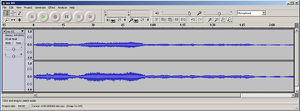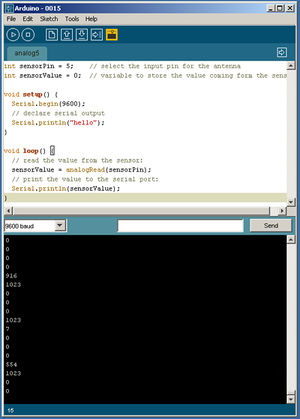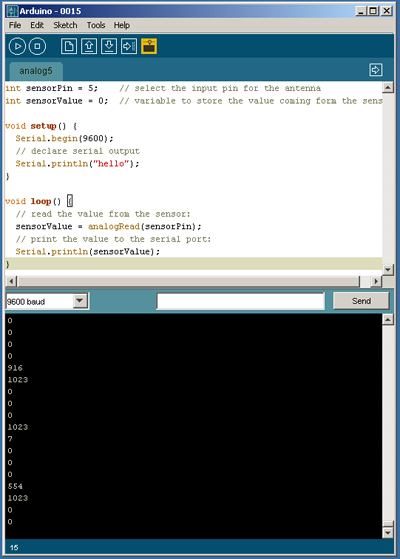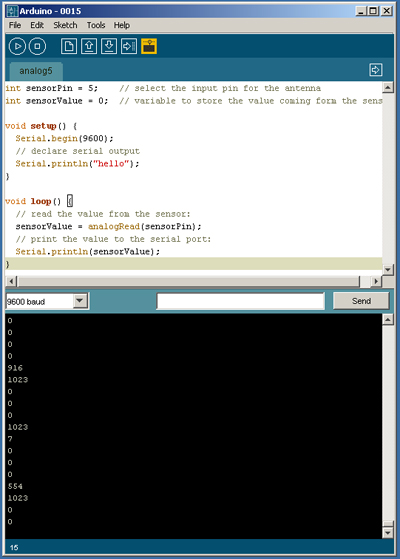User:Selena Savic/OpenEvent/ThirdWeek
wednesday, 14. 10. 2009.
???
tuesday, 13. 10. 2009.
What makes the city viral?
PROGRAMME > viral means to spread according to a programme
> to be programmed to EXIST and CONTAIN (referring to urban planning, more specifically to extension plans and regulations for distribution of functions)
> to have the SURVIVAL strategy of a PARASITE (the citizens build - make the city and feed it with their "products"; more specifically - think of the legends about people built in walls to reinforce the strength of the city, place, inhabitance...)
identify systems/structures that independently "change" the human behavior and make them adapt to it's existence.
- TV programme, TV network, cable TV packages
- TV programme, TV network, cable TV packages
with its nonnegotiable schedule, this one-to-many nationwide communication influences the way of thinking but also
- surveillance cameras
- surveillance cameras
dividing the space on the "visible" and the "hidden".
- billboards, marketing
- billboards, marketing
then, "poke" these structures. as communication technology is getting more and more invisible and the travel costs around the globe determine accessibility of places http://www.personalworldmap.org/, the ratio: commute/communicate plays an important role in the distribution of work and profit.
monday, 12. 10. 2009.
This is not a way to work!
Take up a clear position and describe the motivation. Straighten up the starting point and the angle of looking at the phenomena listed as the general interest.
CITY AS A VIRUS --->
the bureaucratic development of planning and programming
From the beginning of the city as a form of organization of people on taking up space and as a form of spatial domination of buildings, it has been subjected to interests of different groups/streams/power politics. The sole organization of people around a common interest and the emerge of the (disciplinary: Foucault) society has marked a point in the birth of something independent, something that will eventually grow a pattern of it's own.
The need for regulation of interests and government over the common is a starting point for development of bureaucracy. This by itself is something that makes spontaneous development difficult or impossible. (The development of cities reaches a point where spontaneous development of a settlement is interrupted by bureaucracy.) Regulated by prohibitions, directions or recommendations, planning of a city mainly consists of a projection of a preferred future scenario on present structures. Urban planning can be seen as a set of rules - a sequence of actions to be taken by the different groups of participants in the process (the users - inhabitants, the owners - proprietors, the regulators - politicians, investors....) and conditions in which these groups and actions may interact. What it is today is an open scenario that does not determine what exactly will happen but more what can happen and under which conditions.
Programing is a very bureaucratic activity as well. It has developed in the time and under conditions of mainstream social and political tendencies for regulation of behavior and interaction between different groups of participants. In this sense, programming follows on a pattern of prohibition and conditioning that was so present in the judicial and social systems from the time that it was developed in. Programming "speaks the same language" as planning, be it urban or some other type of planning.
sunday, 11. 10. 2009.
Use sox to interpret data streams.
This can be done with the external logging of an arduino (sheevaplug+arduino) and a python script that calls sox commands to generate sounds and cats them to audio files.
I used an imaginary log (typed in manually) to generate these simple sine waves and white noise beats:
song.wav
and
saturday, 10. 10. 2009.
Trying out the antenna, signal and it's diversity.
Made recordings of the environment as it is heard by the antenna that picks up signal in the range from 100 to 3000Hz.
Played with distortion and processing of this sound in order to estimate it's potential use in composing the soundscape.
recording 01
recording 02
recording 03
Plugged in the antenna to the arduino to read the values of the signal. Trying to have them written in a log file.
Cannot test the logging because I still don't have Python and Arduino working under the same operating system.
WEEK PLAN 09 - 15 oct.
List general interests:
- CITY AS A VIRUS
- ADD A LAYER TO THE CITY
- SOUNDSCAPES
- CREATE SOUNDSCAPES FROM INFORMATION
- AUTOMATIZED INFORMATION (eg. Facebook application that updates your status regularly with results of google searches)
- SOCIAL NETWORKS
This week I will go deeper into one of these fields. I want to research the possibilities of composing simple soundscapes with a network of sounds/radio signals. I will distribute the signal sources in a space I can have enough control over possible interferrences (this means I have to test different environments - my room, the garden behind, open or closed spaces, hoping that I will be able to use streets as my playground).
I would link this research to the practice of overidentification, where a tag, an entity, a nod in a (social) network is identified and monitored. These nods - entries are not burdened personal unique identification technology - they are a perfect representation of the current state of (marketing) surveillance, where it is much less important who we are then what we do, where, when and with how many others....
Problems to solve:
SOURCE - is going to be an RFID tag from some identification card, a product or...
RECEIVER - I have a customized antenna that picks up signal in a very broad frequency range (~100 to 3000Hz) which I am trying to use with an arduino as a receiver
DATA/NOT DATA - After I manage to establish communication between these devices, I have to determine a treshold of data which would provide a meaningful data stream and which I will then be able to compose with.
works, examples...
http://www.boingboing.net/2009/10/09/urban-surveillance-a.html
http://arcfn.com/2009/06/arduino-sheevaplug-cool-hardware.html
http://www.marvell.com/products/embedded_processors/developer/kirkwood/sheevaplug.jsp
- Overidentification
- ID correction
- Utopian / Distopian
- Centralize / Distributed
Documentation!!!
but:
we can do it this way
- next 24h: MAKE A PLAN FOR THE WEEK
- FOLLOW THE PLAN
- DOCUMENT THE WEEK'S WORK









